Automobil
Die Automobilindustrie entwickelt sich schnell. Da Branchentrends wie autonomes Fahren, Konnektivität an Bord und Hybrid- / Elektrofahrzeuge weiterhin Innovationen vorantreiben, wenden sich agilitätsorientierte Automobilunternehmen an Protolabs, um die Entwicklung neuer Produkte zu beschleunigen und schneller auf den Markt zu kommen. Dank der schnellen digitalen Fertigung und des automatisierten Feedbacks zur Herstellbarkeit können Designer und Ingenieure Konstruktions- und Kostenrisiken mindern und gleichzeitig eine reaktionsschnellere Lieferkette entwickeln, um besser auf die Nachfrage von Fahrern und Beifahrern nach individuelleren Fahrzeugen reagieren zu können.
Warum Kaitomould für die Automobilentwicklung?
Rapid-Prototyping
Reduzieren Sie das Designrisiko durch schnelle Iteration und Prototyping in Produktionsmaterialien, ohne die Entwicklungsgeschwindigkeit zu beeinträchtigen.
Flexibilität der Lieferkette
Erhalten Sie On-Demand-Support für Line-Down-Notfälle, Teilerückrufe oder andere Störungen der Lieferkette in Ihren Produktionsstätten, indem Sie automatisierte Angebote, schnelle Werkzeuge und Teile mit geringer Stückzahl verwenden.
Qualitätsprüfungen
Überprüfen Sie die Teilegeometrie mit verschiedenen Optionen für die Qualitätsdokumentation. Digitale Inspektion, PPAP und FAI-Berichterstattung sind verfügbar.

Massenanpassung
Implementieren Sie die Fertigung in kleinen Stückzahlen, um vielfältigere und individuellere Fahrzeugfunktionen zu ermöglichen, die auf moderne Fahrer zugeschnitten sind.
Werkzeuge und Vorrichtungen
Verbessern Sie die Herstellungsprozesse, um eine bessere Automatisierung und eine optimierte Montage der Komponenten durch benutzerdefinierte Befestigung zu erreichen.
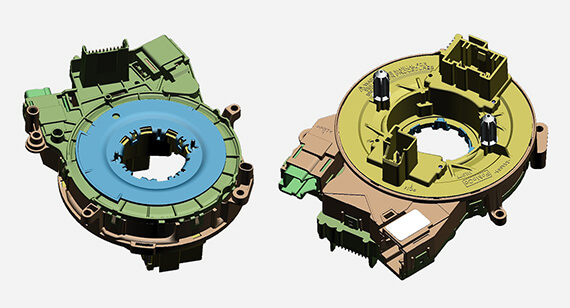 The renderings show top and bottom views of ZF’s intricate clock spring assembly.
The renderings show top and bottom views of ZF’s intricate clock spring assembly.
A Front Seat on Driving Innovation with ZF
Steering column control modules now integrate an expanding variety of functions into the steering wheel, offering drivers a host of functions for both safety and convenience. Providing connectivity between all of those helpful buttons and switches and the functions they control—from the turn signals and wipers to cruise control and even heating the steering wheel itself—is the job of the clock spring, a plastic disc about the size of a hockey puck that sits hidden under the steering wheel within the steering column control module. See how digital manufacturing helped reduce product development time for global tech companies Kaito Mould.
What Materials Work Best for Automotive Applications?
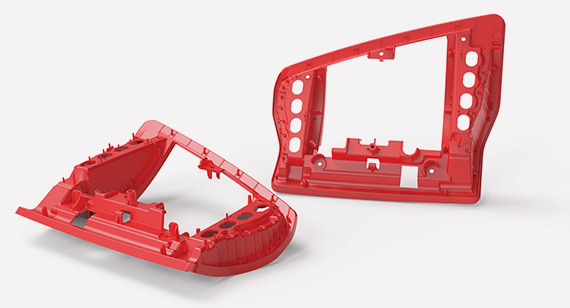
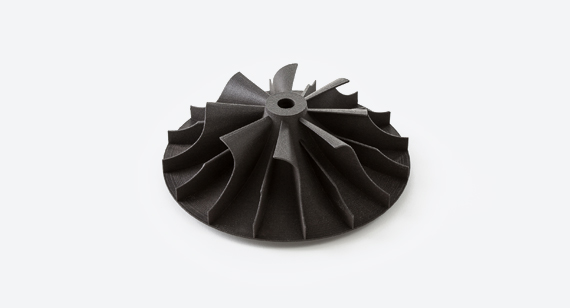
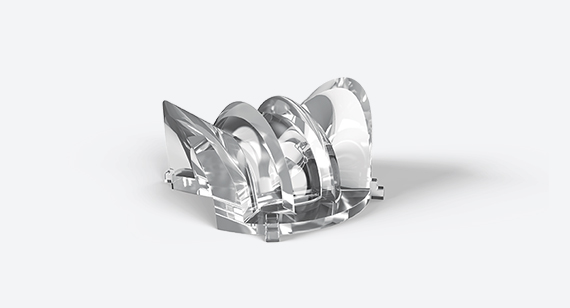
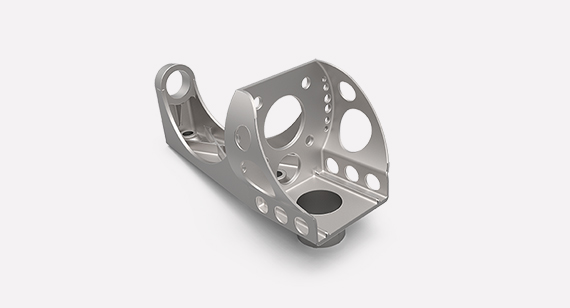
COMMON AUTOMOTIVE APPLICATIONS
Our digital manufacturing capabilities accelerate the development of a range of metal and plastic automotive components. A few of common automotive applications include:
- Assembly line components
- Fixtures
- Enclosures and housings
- Plastic dash components
- Aftermarket parts
- Armatures
- Lenses and lighting features
- Support for on-board consumer electronics

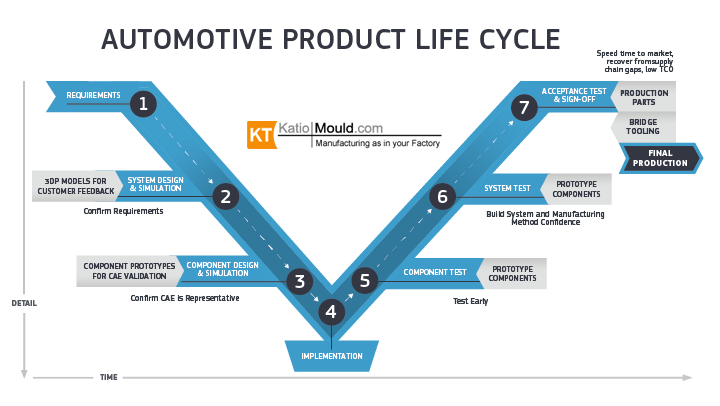 Click to enlarge
Click to enlarge

